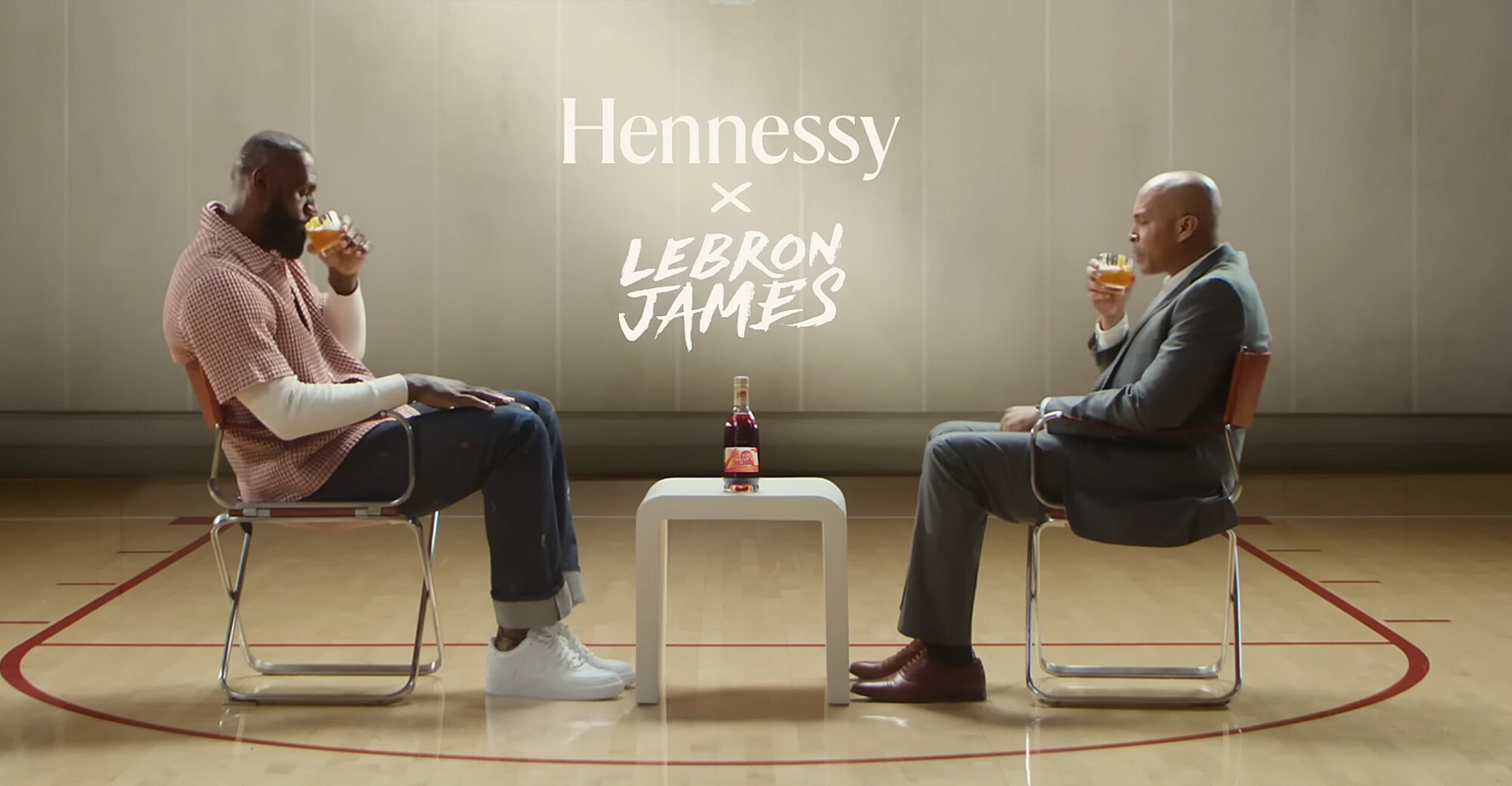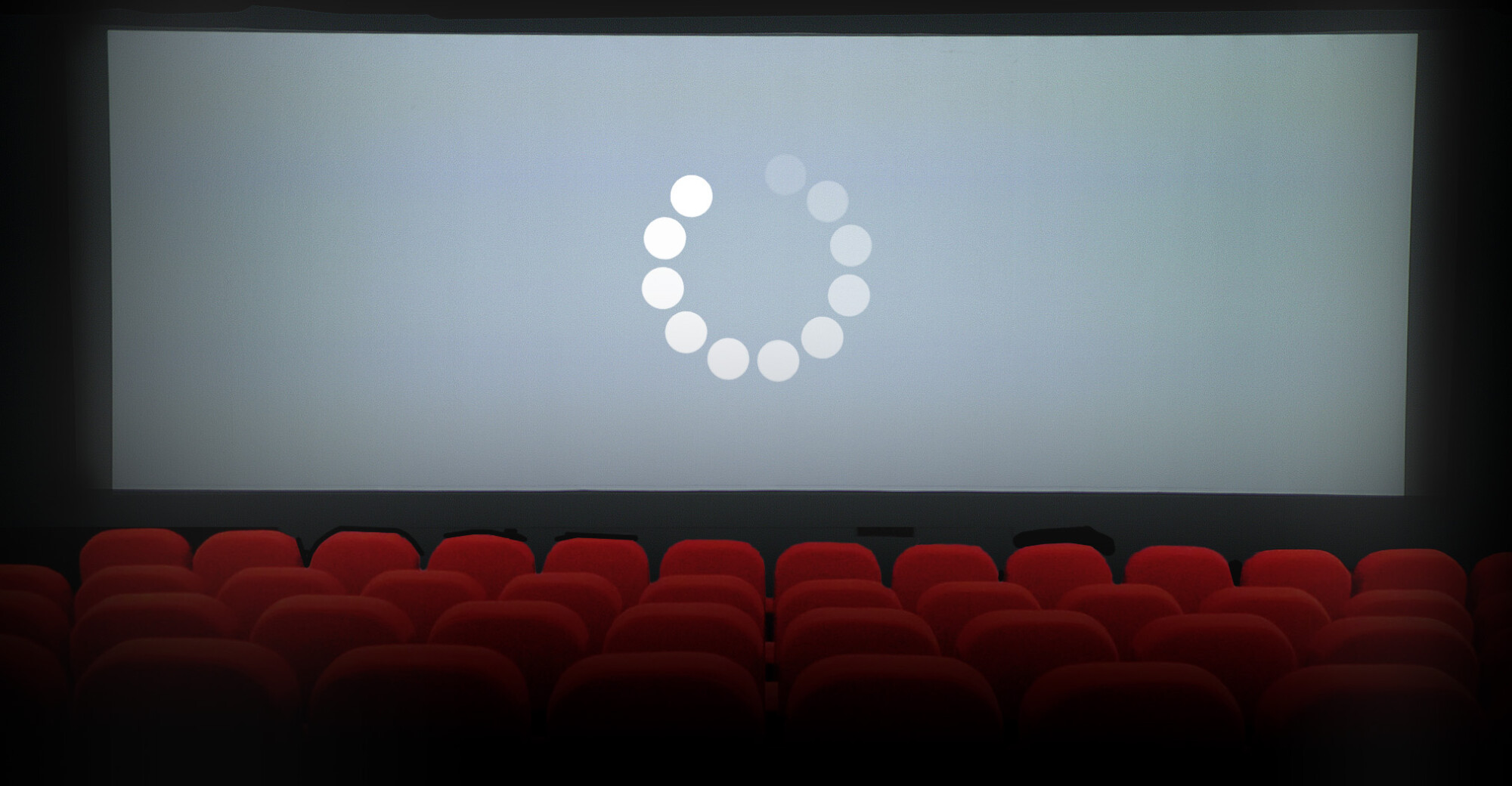
NBA Stars’ Sneaky Alcohol Ads
These players dropped the ball in their recent offseason announcements.
There are understandable reasons for lip-syncing—sound quality, predictability, choreography—but in the end, lip-syncing is a kind of lie.
| Orawan Gardner
I imagine that one day, I will sit down with my grandchildren and tell them about the before-times, when people used to sing live at concerts. “The person on the cover of the album was the same person whose voice you heard on that album, and then that voice was the same voice that you heard come directly from their actual vocal chords on stage! And all of the instruments were really there, and people really played them!” The children will stare at me, wide-eyed, and I will think I have impressed them at last before realizing that they’re just plugged into a riveting game of virtual octopush.
There are understandable reasons for lip-syncing—sound quality, predictability, choreography—but in the end, lip-syncing is a kind of lie. Artists advertise one thing: a performance that features live singing—and deliver another: a performance that simulates live singing. Do we turn a blind eye for the sake of a good show? Is authenticity dead? Will someone please actually invent virtual octopush?
I don’t know the answers to these important questions, but I do have some schadenfreude-inducing lip-syncing examples for you to enjoy, including three by artists nominated for Grammys this year.
These players dropped the ball in their recent offseason announcements.
Under a proposed bill, theaters could be fined for making moviegoers guess.
Today’s teenagers are uniquely positioned in the marketing world.


